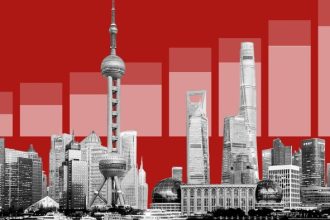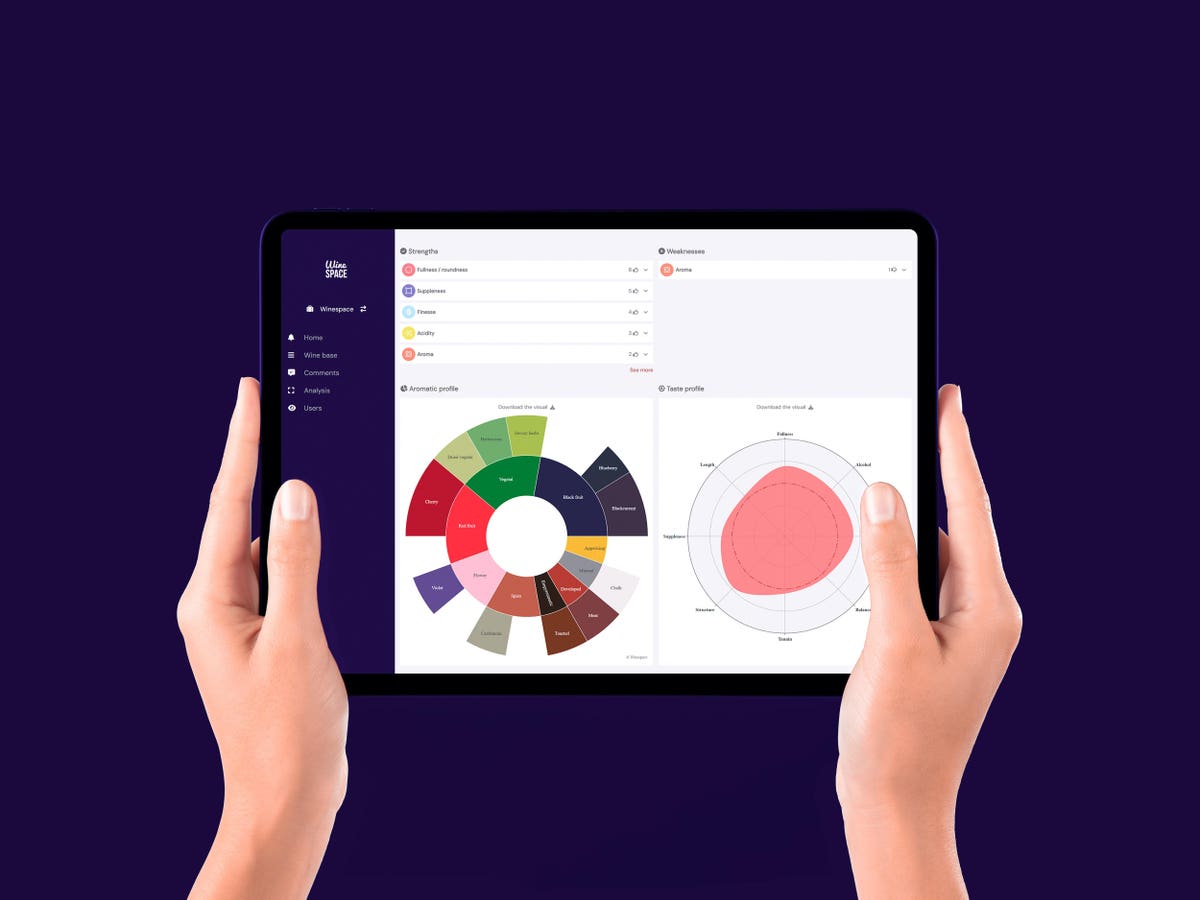For centuries, the appreciation of wine has been seen as an art form, as much a result of the taster’s palate as it is of the diligent work of the vintner. But winemaking isn’t immune to the application of a very different kind of creativity—artificial intelligence.
According to the freshly released State of Wine Industry Report 2024 from Silicon Valley Bank, global wine consumption began to decline in 2017. “Except for a slight reprieve in 2020 during COVID, that downtrend has continued,” writes the report’s author Rob McMillan.
Could AI help lift the trend and deliver wine that appeals to more customers, at least by matching their taste preferences? Some may argue that wine is too complex, too diverse, and too rich in tradition to be distilled into data points. However, companies like Winespace and Tastry prove there is a place for AI technology in the wine world.
Winespace’s Tastee AI
Winespace, a French startup, employs AI to generate accurate data on the flavor profiles of wines in the market. Winespace’s Tastee AI is an innovative tool that can extract information from textual tasting notes and convert them into a digital format that enables analysis. This advancement not only digitizes traditional tasting and judging practices but elevates the understanding of wine profiles to a new level of precision.
Among Winespace’s clientele stands the prestigious Concours Mondial de Bruxelles (CMB). As an early adopter, CMB employed Tastee AI to facilitate the competition’s judging process. By synthesizing data from the CMB tasting sessions, Winespace generates a comprehensive summary sheet for each wine entry. This sheet reflects an average of five expert tasting notes, recorded by a diverse panel of judges who use multiple languages.
Judges submit their evaluations via tablets, and their multilingual notes—drawn from a selection of eight languages—are analyzed by Winespace. The outcome is a set of summary sheets that offer participating producers a glimpse into the jury’s perceptions.
The use of tablets allows for a streamlined and efficient evaluation process, sustainably eliminating the need for paper that can easily get lost or damaged. It also ensures consistency and accuracy in recording tasting notes, as all tablets are equipped with the same note template.
The feedback—detailing the wine’s quality, including highlighted strengths and weaknesses alongside its aromatic and taste profiles—comes illustrated on an aroma wheel, providing a data-driven yet accessible representation of each wine. Vinters can then use this information to inform future winemaking efforts if they choose.
In addition to this, the judges also provide comments and suggestions for improvement, giving producers a deeper understanding of how their wine is perceived by judges with diverse backgrounds and language preferences. This feedback can be crucial for wineries looking to improve and grow their brand in an increasingly competitive market.
Tastry
Another pioneer in the field is Tastry, a technology company based in San Luis Obispo, California. Founded in 2016 and officially launched in 2021, Tastry utilizes artificial intelligence and sensory science to analyze and evaluate wines objectively.
Those years of research and development between 2016 and 2021 were formative, according to Katerina Axelsson, the company’s founder and CEO. She says a “nightmare problem” helped the firm connect with many wineries.
When wildfires hit wine country, starting with the 2017 vintage, Tastry’s lab was one of North America’s few facilities that could analyze for smoke taint. Axelsson says that Tastry was able to “build recipes to ameliorate” the risky grape harvest. This experience earned Tastry the trust of its clients, prompting many to tap Axelsson’s firm to help with other releases, not just those expressing smoke-related histories.
The company’s platform runs advanced algorithms to assess the chemical composition of wines and provide recommendations. Tastry’s technology aims to assist wineries in optimizing their production processes and creating wines that resonate with their target audience.
When a wine is submitted to Tastry for testing, it undergoes advanced liquid analysis which provides a deep, chemical profile of its taste and aroma. This data is then cross-referenced with consumer feedback to provide a market-oriented score. Wineries can then use this score to gauge how well their releases might be received by the public.
Tastry offers wine brands a nuanced understanding of products that resonate with specific consumer preferences. This enables the use of precise sensory data that can feed directly into product development, targeted marketing strategies, and effective geographical distribution.
Axelsson explains that Tastry works with two data sets, so get ready for some science. The first is the chemometric platform, which reads like a wine’s DNA—breaking down complex data from a cross-referenced database of chemical compounds to predict consumer preference and sensory experience.
The second is an actual database of consumer preferences, which is scaled to achieve a nationwide footprint. “It’s a living, breathing virtual focus group,” says Axelsson.
Human evaluations, while valuable for their authenticity and traditional wine culture approach, are vulnerable to inconsistencies. A person’s discernment and judgment can vary substantially due to many factors, including mood, health, and palate fatigue, which are impossible to fully control. Tastry’s tech provides insights that are unbiased by human interpretation, scores, language differences, prices, or awards.
AI has the potential to empower winemakers to craft wines that align with consumer preferences in their target markets. This process demystifies our beloved bottles to some extent. Still, it can potentially entice new enthusiasts to join the wine community by meeting them where they are, instead of asking them to develop the proverbial acquired taste of a wine connoisseur.
“It’s still an agricultural product,” says Axelsson of wine. However, producers can be armed with a tool that can mitigate risk and offer consistency in an industry that manages constant challenges in every vintage—and hopefully, helps more people find wines they love to drink.
Read the full article here





